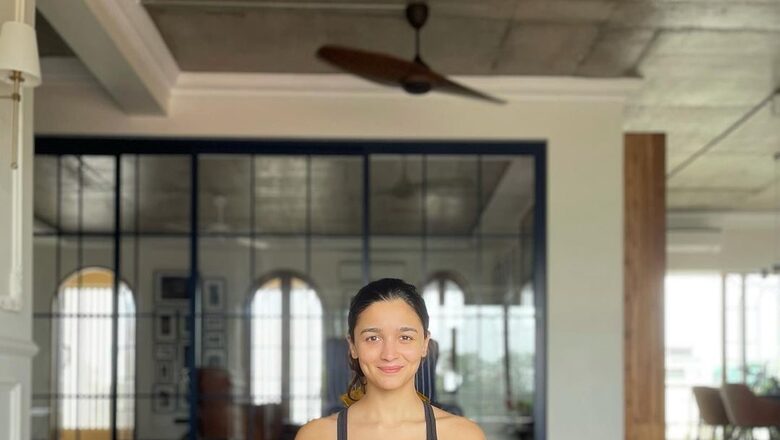
views
Vertigo is a common condition that can occur to anyone irrespective of age. It is medically associated with a result of head injury or inner ear problem. However, it is termed a symptom rather than a condition itself. Vertigo is a sudden sensation when a person feels that their head or the surrounding around them is spinning or moving. While at times the symptom is barely noticeable, in serious cases it causes a disruption in performing everyday tasks due to loss of balance.
One should seek immediate medical help when vertigo occurs. But noticeably there are a number of yoga asanas that can help lessen the occurrence of the phenomenon in one’s body. Recently, Anushka Parwani, who has been the yoga instructor of several Bollywood actors including Alia Bhatt, opened up about how one can tackle vertigo in a healthy manner. According to Parwani, “Vertigo is a sensation or feeling that you or the world around is spinning or moving. Certain yoga poses can actually help to counter the vertigo effect, by helping you regain balance and focus. They also help to increase blood circulation and supply of oxygen to the body and brain.” She further details five simple and effective yoga asanas that one can easily try at home to get rid of the symptom.
Take a look at it below:
Paschimottanasana
Paschimottanasana, also known as the seated forward bend pose, is attained by bending the hips forward from Dandasana to grasp one’s feet or lower leg.
Ustrasana
Ustrasana, also known as the Camel Pose, is attained by bending deep backward from a kneeling position. The asana is completed when both hands are on the heels of the legs, wherein the back of both feet can be placed flat on the floor.
Halasana
Halasana, also known as the Plough Pose is an inverted yoga posture that is attained by lowering the back for balance from a shoulder stand position. The arms and legs are outstretched over the head to make the toes touch the ground. The variation of the plough pose includes Karnapidasana where the knees are positioned close to the ears and Supta Konasana where the feet are spread wide apart.
Viparita Karani
Viparita Karani can be practiced when one is upside down, this incorporates a shoulder stand, headstand, handstand, and more. The basic Viparita Karani is achieved when one places their legs on the wall for support, hence it is also known as legs up the wall pose.
Balasana
Balasana also popularly known as the child pose is attained by kneeling on the ground and then bringing the forehead to touch the floor with relaxing the arms and palm upwards.


















Comments
0 comment